When witches go riding; and black ghouls are seen; the moon laughs and whispers - 'tis near Halloween!
Hello, hello, my sweet pumpkin pies!
Is your costume for the week ready? I hope so! Tell us what you're going to go dressed as for Halloween in the comments. Have you already carved your pumpkin? Or are you the type that carves the day before Halloween?
I am super excited for today’s experiment. It's a really easy one that will make you wonder about the chemical reaction going on? All the materials are probably all in your kitchen.
And the science behind it is pretty cool. We will learn about acids and bases and the products of reactions.
Ready? Scared? Go!
Materials:
- An empty plastic bottle
- Balloons
- Markers
- Vinegar
- Baking soda
- Food coloring (optional)
How to?
Start by drawing faces on the balloons. Today, I chose to draw spooky faces. Maybe I will draw a monster too! Let's see…it’s Halloween.
You can draw your face in two ways: You can inflate your balloon a little bit. Do not tie the end, only use a clip. Then you draw the scary face, and after that, you can deflate your balloon.
You also can draw your faces on the deflated balloon. You chose which one works best for you!
Now, in your bottle, pour half a cup of vinegar. You can add the food coloring too if you wish.
Using a funnel, pour one to two spoons of baking soda into your balloon, NOT the bottle.
Grab your balloon and connect it with the bottle, but be careful NOT to drop the baking soda just yet. Leave the balloon hanging until you are ready to see the reaction.
When you are ready to see the reaction happening, lift your balloon up, making the baking soda fall into the bottle.
It's not hocus pocus! It's science!
This is a chemical reaction between an acid and a base. But what is that, you ask?
Acids and bases are two very different and special kinds of chemicals. You can find them in every day life, not only in a laboratory. Almost all liquids we know are either a base or an acid to some level. What is going to differentiate them is the types of ions in it. If it has a lot of HYDROGEN ions, it is an acid. If it has a lot of HYDROXIDE ions, then it is a base.
Acids are generally sour or tart, and bases usually are bitter and can be soapy or slippery to the touch. Some of them are called strong bases or strong acids, and those can be hazardous chemicals that can cause burns or be poisonous and can only be handled in a laboratory. But luckily, we will not mess with any of that.
Scientists will use something called a pH scale to measure how acidic or basic a liquid is. The scale range from 0 to 14. On the scale, substances with pH between 0 and 7 are acids, substances with pH 7 are neutrals, and 7 to 14 are bases.
In our reaction, which one do you think is the base, and which one do you think is the acid?
You are right! Our vinegar is the acid part of the reaction, and the baking soda is the basic part. The pH of vinegar is around 2.5, and the pH of baking soda is about 8.3.
When you drop the baking soda inside the bottle, the two chemicals will create a gas, CO2 or carbon dioxide, and because the gas has nowhere else to go, it will inflate the balloon.
Isn't that just Halloween-worthy? I think so too!
Chemistry is just fun!
Pumpkin wishes and candy corn kisses! We will see each other again tomorrow!
Jess

